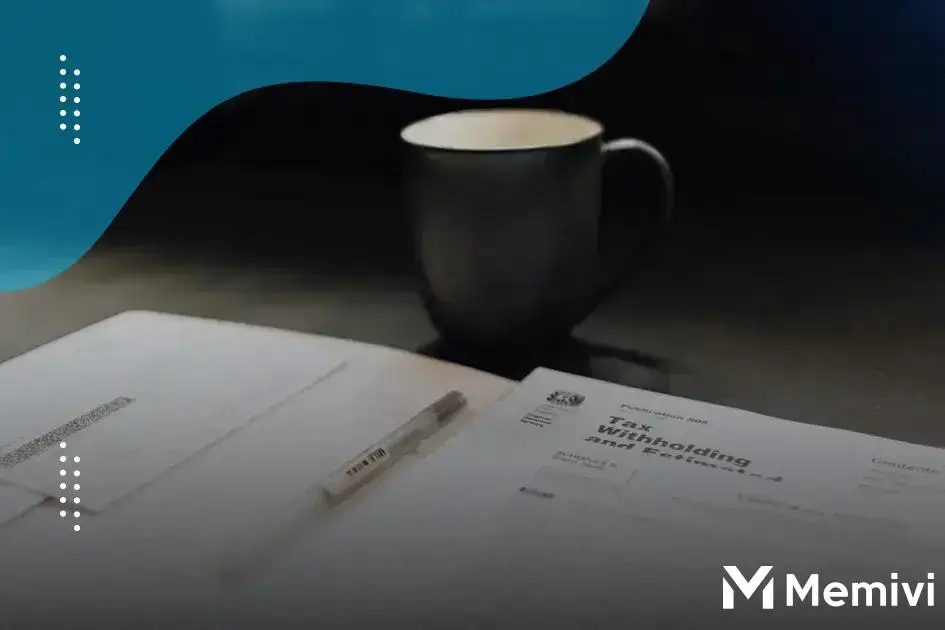
Student loans can be overwhelming, but understanding your options and strategies for reduction is key to financial freedom in Canada. In this article, we will explore the best strategies for handling student loans in Canada, providing insights into the resources available and practical steps you can take to reduce your financial burden. By being proactive and informed, you can navigate your student loan repayment journey with confidence and build a more secure financial future.
Understanding Student Loan Options in Canada
Canada offers various student loan options to help students finance their education. Many students rely on these loans to pursue higher studies without immediate financial burdens. Understanding the options available is essential to make informed decisions.
Federal and Provincial Programs
In Canada, student loans are primarily offered through two channels: federal and provincial programs. The Canada Student Loans Program (CSLP) is managed by the federal government, providing loans based on financial need. Additionally, each province or territory may offer its own loan programs, which often supplement the federal loans. It’s important to check the specific conditions and benefits available in your province.
Eligibility and Application Process
To be eligible for student loans, students must be Canadian citizens or permanent residents and enrolled in a designated post-secondary institution. The application process typically involves demonstrating financial need through income and household assessments. Applications are submitted annually, usually through provincial or territorial student aid offices.
Interest Rates and Repayment Plans
Interest rates and repayment conditions can vary between the federal and provincial programs. Federal loans, for instance, do not accrue interest during the course of full-time studies. Once studies are completed, a six-month grace period begins, during which no payments are required, but interest starts to accumulate. Borrowers can select fixed or variable interest rate plans for repayment based on their financial situation.
Understanding these nuances can ease the burden of student loan repayment and ensure that students are prepared for the financial aspects of their education. This knowledge allows for strategic financial planning, ensuring a smoother transition from education to career without excessive debt.
Effective Strategies for Loan Reduction

Exploring effective strategies can make a significant difference in reducing student loan debt in Canada. These strategies often begin with a meticulous analysis of your current financial situation and loan terms.
One approach involves creating a detailed budget that prioritizes loan repayment. By allocating a specific portion of your monthly income towards your loan, you can effectively reduce the principal faster, which in turn decreases the total interest paid over time.
Avoid Additional Debt
Another crucial strategy is to avoid accruing more debt while managing student loans. This might mean using existing resources more efficiently, searching for part-time employment, or applying for scholarships and grants.
Consolidation and refinancing are popular options as well. By consolidating multiple loans into one, you might secure a lower interest rate, making monthly payments more manageable. However, students should carefully review the terms of consolidation to ensure they truly benefit.
Utilize Available Programs
In Canada, numerous government-led programs are available that offer relief and assistance for student loans. Students should thoroughly research these opportunities, as some programs provide partial loan forgiveness or other forms of assistance based on income or employment sector.
Communication with creditors is vital. If you’re struggling with payments, reaching out to your loan provider can lead to temporary relief or restructuring of the loan terms, offering a more feasible payment plan.
Finally, adopting a proactive approach by staying informed about new policies or programs can also contribute to more effective loan reduction. Awareness of all available options ensures you can take full advantage of changing conditions and opportunities.
Government Assistance and Programs
The Canadian government offers a variety of assistance and programs to help students manage and reduce their loans. One of the most important programs is the Repayment Assistance Plan (RAP), which adjusts monthly payments based on family income and size. To qualify, students need to demonstrate financial hardship, ensuring that nobody pays more than they can afford.
Additionally, Canada Student Grants provide non-repayable financial assistance to students from low and middle-income families, significantly reducing the need for loans. The Canada-Saskatchewan Integrated Student Loans Program is another example, coordinating between federal and provincial levels to streamline support.
Furthermore, students from specific demographics can access tailored programs. Indigenous students may receive additional grants, and various provinces offer targeted assistance for students in high-demand fields such as healthcare and education. These initiatives aid in reducing the overall student debt burden.
The government continually works on introducing new measures to foster improved financial health among students, facilitating greater economic stability as they transition into the workforce. Understanding and leveraging these programs can lead to significant reductions in student loan obligations.
Financial Planning for Students
Understanding how to manage student loans is crucial for students aiming to reduce their financial burden. One important step is to explore various loan options available in Canada. Often, students may not choose the most beneficial loan types right from the start.
To effectively reduce student loans, consider implementing practical financial strategies. Budgeting wisely and cutting unnecessary expenses can be beneficial. Additionally, part-time jobs or internships can help students earn extra income to contribute toward loan payments.
Utilize Government Assistance
Canada offers several government programs designed to assist students with loans. Programs such as the Repayment Assistance Plan (RAP) help manage the load by adjusting monthly payments based on income. Being aware and utilizing these programs can greatly alleviate the financial stress associated with education loans.
Maintaining a detailed budget and sticking to it provides clarity about where your money goes and where it can be saved. Always look for financial resources and scholarship opportunities to minimize the need for loans.
Planning ahead plays a significant role in financial management for students. Having a clear understanding of future earning potentials and aligning your loan repayments with career prospects can help in making informed decisions.


 easyfinancial Personal Loan Review <p class='sec-title' style='line-height: normal; font-weight: normal;font-size: 16px !important; text-align: left;margin-top: 8px;margin-bottom: 0px !important;'> The easyfinancial Personal Loan offers fast, accessible financing for Canadians with imperfect credit. </p>
easyfinancial Personal Loan Review <p class='sec-title' style='line-height: normal; font-weight: normal;font-size: 16px !important; text-align: left;margin-top: 8px;margin-bottom: 0px !important;'> The easyfinancial Personal Loan offers fast, accessible financing for Canadians with imperfect credit. </p>  Borrowell Personal Loan Review <p class='sec-title' style='line-height: normal; font-weight: normal;font-size: 16px !important; text-align: left;margin-top: 8px;margin-bottom: 0px !important;'> The Borrowell Personal Loan is a smart choice if you want to compare offers across multiple lenders, maintain your credit score during shopping, and access funds quickly. </p>
Borrowell Personal Loan Review <p class='sec-title' style='line-height: normal; font-weight: normal;font-size: 16px !important; text-align: left;margin-top: 8px;margin-bottom: 0px !important;'> The Borrowell Personal Loan is a smart choice if you want to compare offers across multiple lenders, maintain your credit score during shopping, and access funds quickly. </p>  Loanz Personal Loan Review <p class='sec-title' style='line-height: normal; font-weight: normal;font-size: 16px !important; text-align: left;margin-top: 8px;margin-bottom: 0px !important;'> The Loanz Personal Loan is built for Canadians who want a fast, fully online borrowing solution with clear terms and accessibility for various credit backgrounds. </p>
Loanz Personal Loan Review <p class='sec-title' style='line-height: normal; font-weight: normal;font-size: 16px !important; text-align: left;margin-top: 8px;margin-bottom: 0px !important;'> The Loanz Personal Loan is built for Canadians who want a fast, fully online borrowing solution with clear terms and accessibility for various credit backgrounds. </p>